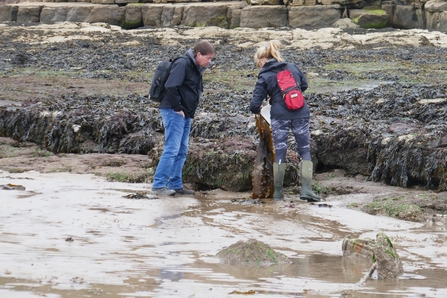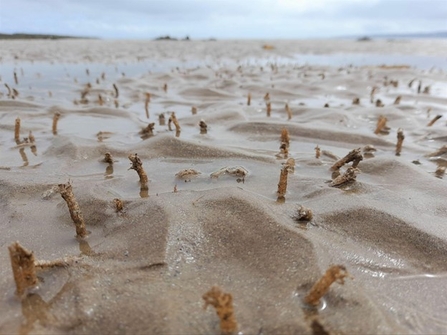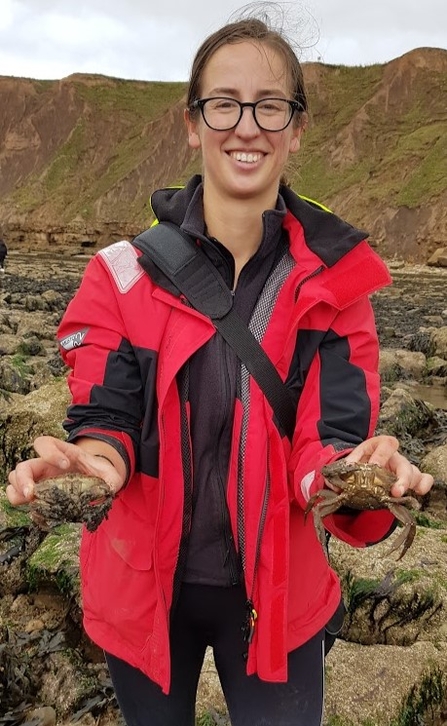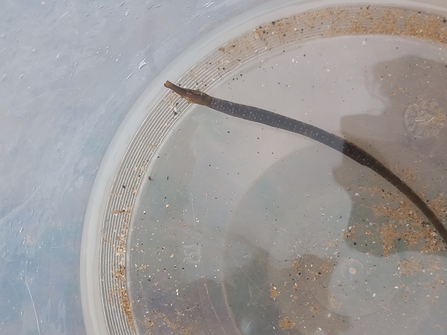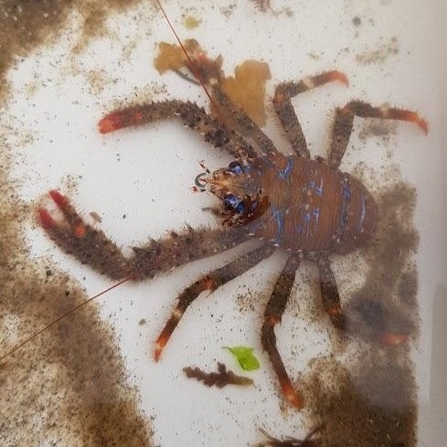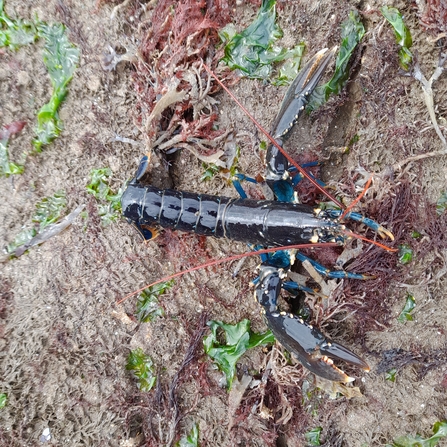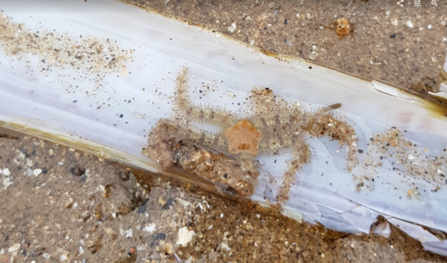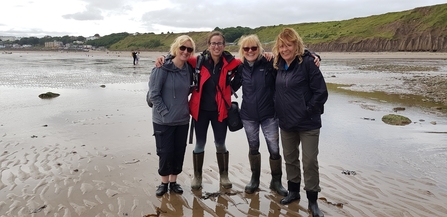Yorkshire beaches
We all love a good day at the beach. Sunshine, bucket and spade, Ice cream, fish ‘n’ chips, sand between our toes. Forget our worries and just relax, especially here in Yorkshire where we are blessed with a great variety of beaches and coastal experiences. I took the opportunity to join YWT Marine Pollution Officer Ana Cowie to get closer to two very different beaches, one Iconic and the other, a bit of a secret. My partner, Andrea, also decided to join me for this one. Our task was to join the shoresearch volunteering team to help spot and identify as many different plants and animals as possible at low tide.
Filey Brigg Sheltered
Firstly to Filey, Miles of sand, an unspoilt seafront that’s safe for kids to play on with the Brigg on the North side. For those not familiar with Filey, the Brigg is a long stony strip of stone and pools at the base of the cliff on the North side of FIley beach. It extends beyonds the cliff and into the North sea. It’s a popular, if often slippery walk. Filey Brigg used to be classed as a single location, but it has now been divided into two as there are two distinct habitats. On the Sheltered (Filey Beach) side we see gentle waves and a gently sloped sandy beach leading to rocky areas, again sloping gently. The exposed side, to the north, is much rockier and subject to stronger waves, so the species found there can be quite different. Indeed, creatures such as periwinkles that may be seen on both sides of the Brigg could actually be different species, that have recently divided to take advantage of the differing conditions. Evolution is happening right now under our noses on the beaches of Yorkshire.
Our target for the day was on the sheltered side, directly accessible from the beach. We were doing a “Bioblitz” style of shoresarch. This allows volunteers to survey as much of the area as possible and record all the species found.
A supermoon had brought exceptionally low tides, so this was a perfect time for volunteers to gather and comb the beach for a species count at the lowest extent of the tide. The rocky shelf seen at low tide that day would be under a metre of water on a normal low tide. Quite a large group gathered and spread out over the beach. I expected to be meeting a lot of Filey locals, but this was not the case. Most had travelled a fair distance. One volunteer had even come from Selby, where I live - I could have given him a lift!


